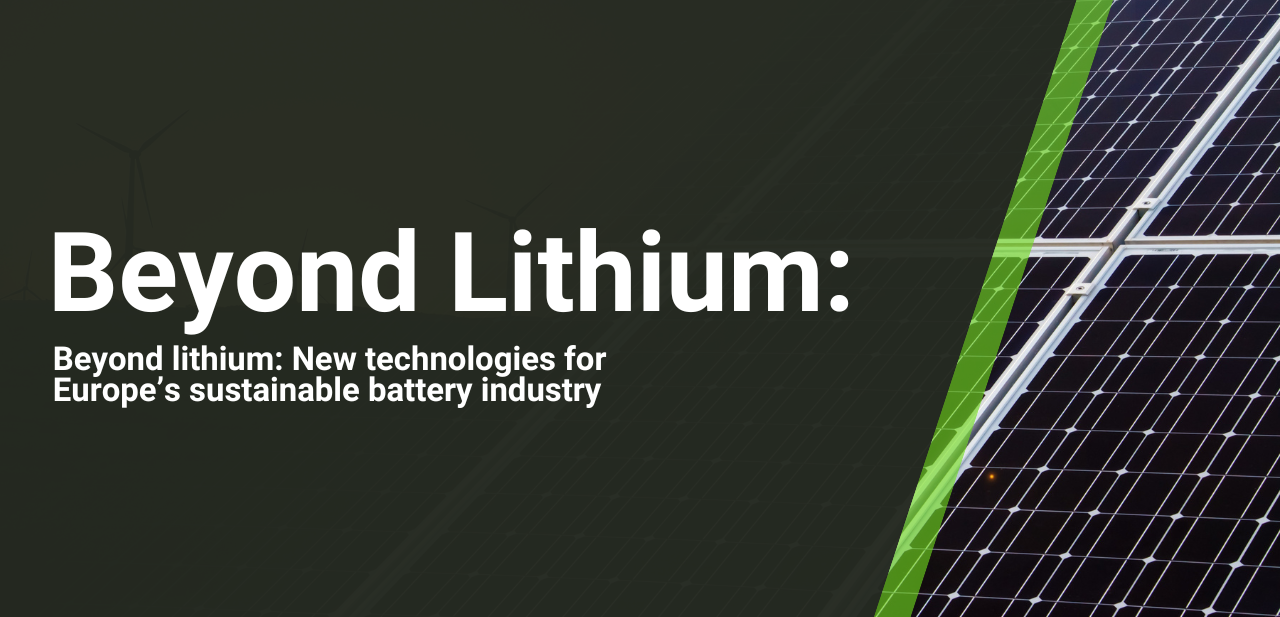
Beyond lithium: New technologies for Europe’s sustainable battery industry
As featured in Companies Digest, Alex Hunter recently spoke to Companies Digest about why more and more businesses are choosing to invest in onsite renewable energy production and storage. You can read the full article below, or see the original article here.
Amid growing concerns about energy security and the ongoing rise in energy prices, we’re expecting to see more businesses choosing to invest in onsite renewable energy in 2023. This involves installing sources of renewable energy generation (e.g. wind, solar, biogas) and storage, at the location it is actually used. More and more businesses are beginning to explore the benefits of having their own supply of energy so that they are less reliant on the National Grid.
What is energy security?
Energy security means having access to energy at the right time, in the right place, and at the right price for your business. Current geopolitical changes mean that not only are we seeing a rapid rise in the price of energy, but we’re also being warned that there may be periods in the near future when energy is not available in the UK.
The Chief Executive of the National Grid, John Pettigrew, has recently warned that planned blackouts could happen in January and February next year. This has significant implications for businesses, who may find that production is affected – or even halted altogether – by national energy restrictions.
These changes – in the price and availability of energy – mean that more and more businesses are starting to think outside the box. They are now choosing to invest in installing their own sources of renewable energy onsite. We were recently speaking to a manufacturing business that had tried to increase its energy supply from the National Grid, in order to increase the work it was doing. Not only was the cost implication significant, the business was told it wouldn’t have access to an increased load until 2030. Any plans to expand and grow could easily end up on hold as a result.
What does investing in onsite renewable energy involve?
There are a number of things that businesses need to consider when investing in onsite renewable energy. The type of energy generation and how you will back it up (so, for example, you still have power on a cloudy day) both need to be decided, as does the ideal storage capacity and duration for your needs.
The choice of energy generation (e.g. wind, solar, biogas, a hybrid) may be influenced by practical factors (such as the location of your business or the space you have available). But it can also be influenced by other motivations, such as company-specific net-zero targets, or Economic, Social and Governance (ESG) policies.
Choosing how to store any energy generated may also be impacted by site logistics. Ideally, businesses should aim to co-locate energy production and storage close to each other, and close to the point of use.
There are also logistical issues that need addressing, such as any planning requirements and where you can locate your energy generation and storage safely. It’s also important to understand whether any existing cables and infrastructure onsite are large enough to carry the new load, or if you will need additional cabling and infrastructure.
The financial impact of investing in onsite renewable energy
For businesses thinking about investing in their own supply of renewable energy, there are financial considerations that need to be taken into account – both costs and financial benefits.
Firstly, businesses must decide if this is a capital purchase or if they are looking for a fully financed solution. There are options available for both. Companies also need to understand what their current electricity contract is and when it expires. Finally, what are the business’ current capacity (kW) limits and what energy supply is going to be needed in the future to allow the business to grow?
Alongside considering costs, businesses need to think about the potential savings that can be made by investing in onsite energy production and storage. Generating electricity onsite means businesses are less reliant on the National Grid for their energy supply, which also means that they are less affected by rising market prices. There’s also the opportunity for businesses to make money if they produce more energy from their onsite renewables than they use. It’s possible to sell excess energy back to the National Grid.
Working through these considerations can take time (and it can be helpful to seek impartial professional advice to work through all of these questions). But investing in onsite renewable energy offers businesses a long-term solution to one of the most pressing concerns of the moment.
